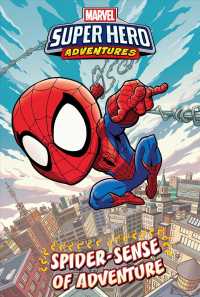Full Description
This title gives concrete practical examples of how to align school library programs and instructional practice with the six key concepts of brain-compatible learning: increasing input to the brain; increasing experiential data; multiple source feedback; reducing threat; involving students in learning decision making; and interdisciplinary unit planning.
This title, Brain Friendly School Libraries, gives concrete practical examples of how to align school library programs and instructional practice with the six key concepts of brain-compatible learning: increasing input to the brain; increasing experiential data; multiple source feedback; reducing threat; involving students in learning decision making; and interdisciplinary unit planning. It includes chapters that summarize the current brain research and current thinking about its implication for instructional practice in the school library media center as well as discusses the work of Ellen Langer (mindful learning), Geoffrey and Renette Caine, Bob Sylwester and other major proponents of teaching with the brain in mind.
Contents
What Neuroscience Tells Us About Learning Key Concepts and Literature Ellen Langer--Mindful Learning Bob Sylwester--Applying Biological Research Pat Wolfe--Brain Research and Educational Practice Creating A Brain Friendly School Library Plan Goal 1: Enriched Environments--Teacher-Librarian As Staff Developer Brain Friendly Space Resource-Based Learning--Collection Learning Styles Intellectual Environments--Teacher-Librarian as Information Literacy Agent Inquiry and Action Research Information Literacy Projects Emotional Environments--Teacher-Librarian as Cultural Emissary Sensory Learning--Literature and the Arts Cooperative Learning Reflective Learning References Index








